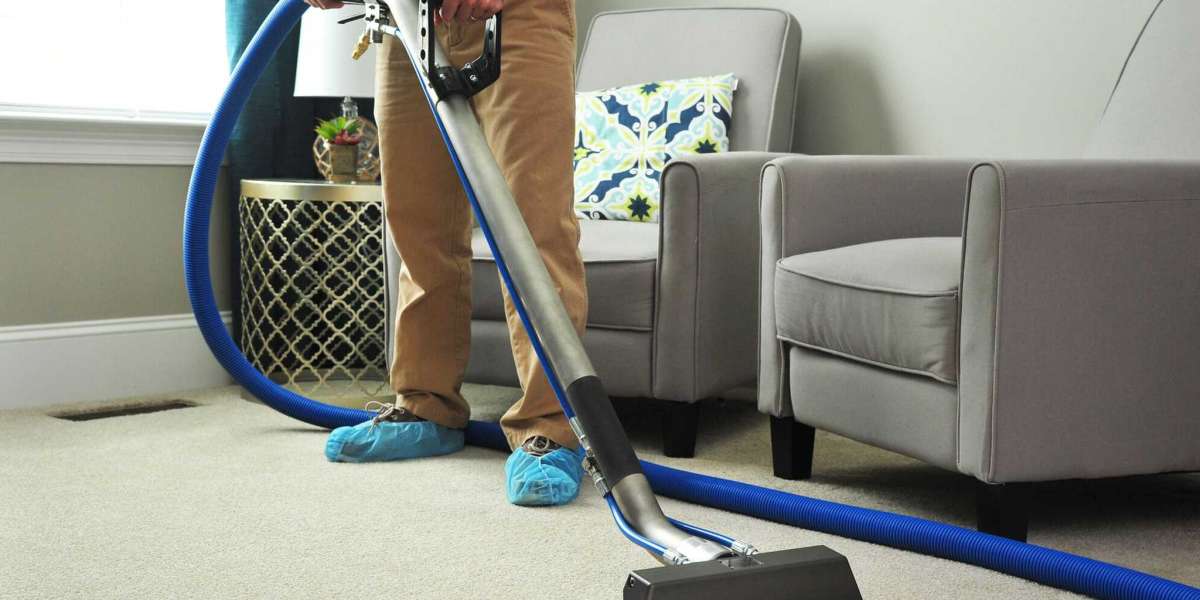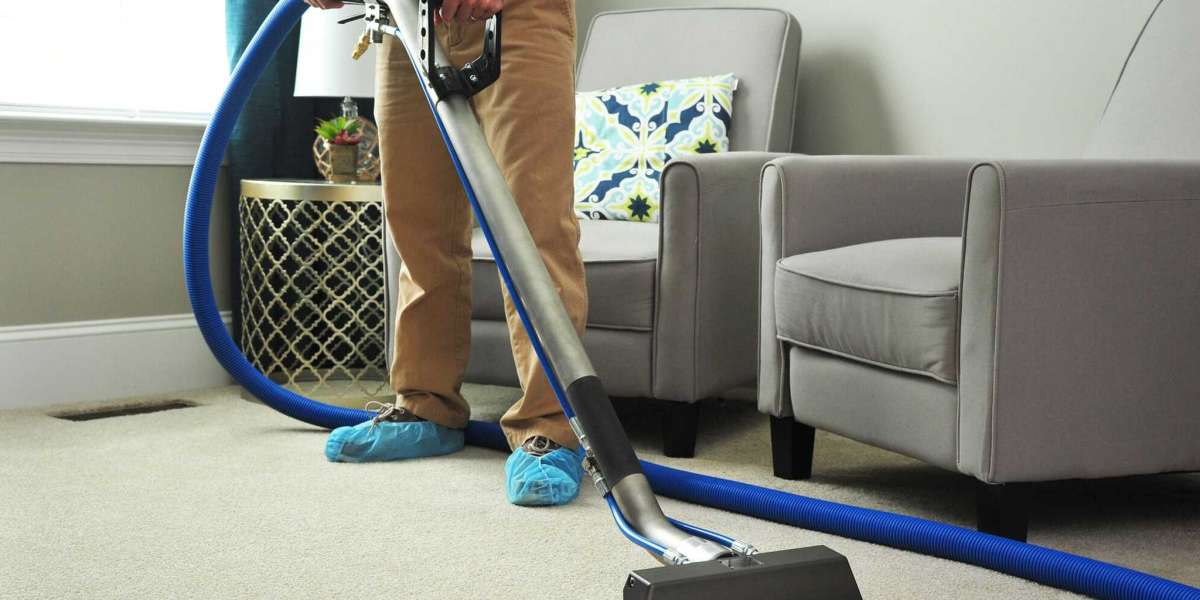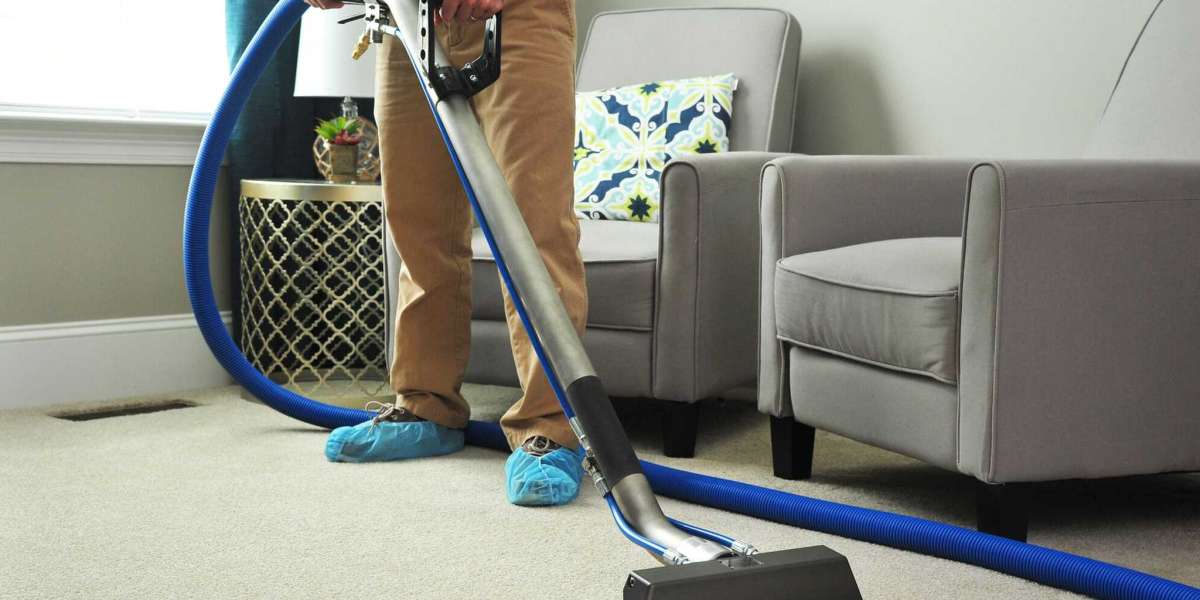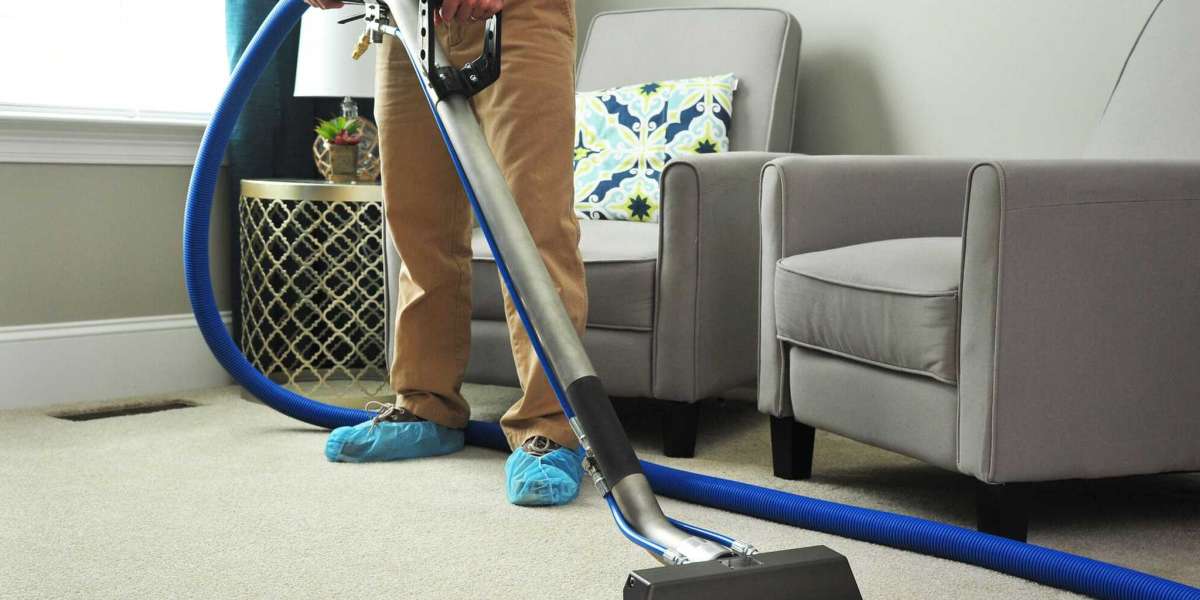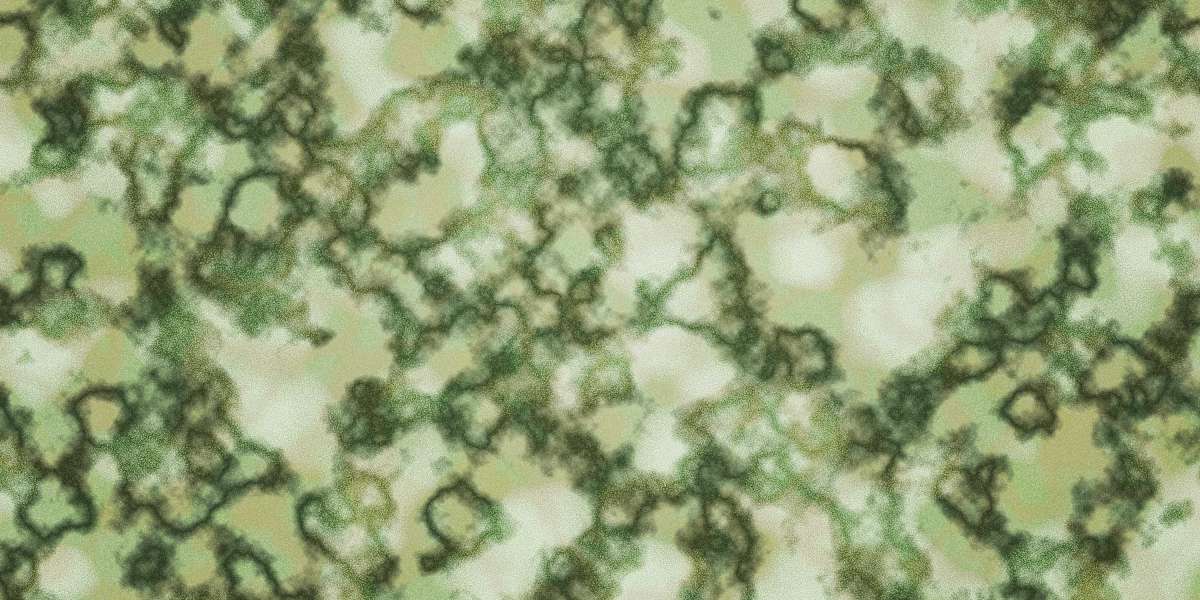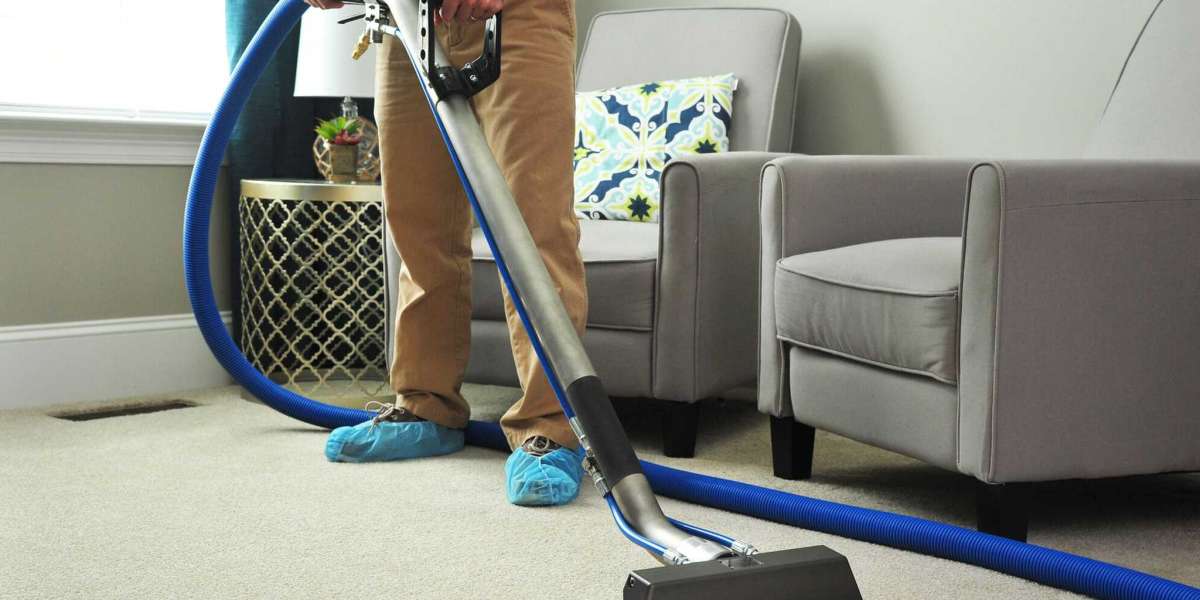Carpets are a common feature in many homes and offices, providing comfort, aesthetic appeal, and insulation. However, they also accumulate dirt, allergens, and bacteria over time, necessitating regular cleaning to maintain their appearance and hygiene. This article explores the science behind carpet cleaning, examining various techniques, their benefits, and best practices for effective maintenance.
Understanding Carpet Composition
Before delving into cleaning methods, it is essential to understand the composition of carpets. Most carpets are made from synthetic fibers such as nylon, polyester, or olefin, while others may use natural fibers like wool or cotton. Each type of fiber has unique properties that affect cleaning methods. For instance, wool carpets are more sensitive to water and heat, while synthetic fibers are generally more durable and resistant to stains.
The Importance of Carpet Cleaning
Regular carpet cleaning is crucial for several reasons:
- Health Benefits: Carpets can harbor dust mites, mold, pet dander, and other allergens. According to the American Lung Association, regular cleaning can significantly reduce indoor air pollution and improve respiratory health.
- Aesthetic Appeal: A clean carpet enhances the overall look of a room. Stains and dirt can detract from a space's beauty.
- Longevity: Regular maintenance can extend the life of a carpet. Dirt and debris can act like sandpaper, wearing down fibers and leading to premature aging.
- Odor Control: Carpets can absorb odors from pets, smoke, and spills. Cleaning helps eliminate these unwanted smells, creating a fresher environment.
Carpet Cleaning Techniques
There are several methods for cleaning carpets, each with its advantages and disadvantages. The choice of technique often depends on the type of carpet, the level of soiling, and personal preference.
1. Vacuuming
Vacuuming is the most fundamental method of carpet cleaning and should be done regularly. It removes surface dirt, dust, and debris. High-efficiency particulate air (HEPA) filters in vacuums can trap allergens, making this method essential for maintaining indoor air quality. It is recommended to vacuum high-traffic areas at least twice a week and less frequented areas once a week.
2. Spot Cleaning
Spot cleaning involves treating specific stains as they occur. Common household items like vinegar, baking soda, and dish soap can be effective for minor spills. For tougher stains, commercial stain removers may be necessary. It is crucial to address stains promptly to prevent them from setting in.
3. Steam Cleaning
Steam cleaning, or hot water extraction, is a popular method for deep cleaning carpets. This technique involves injecting hot water and cleaning solution into the carpet fibers, followed by extraction of the dirty water. Steam cleaning can effectively remove embedded dirt, allergens, and bacteria. It is recommended to steam clean carpets every 12 to 18 months, depending on usage.
4. Dry Cleaning
Dry cleaning uses specialized machines that apply a dry cleaning solvent to the carpet. The solvent breaks down dirt and stains, which are then vacuumed away. This method is beneficial for carpets that cannot tolerate excessive moisture and requires less drying time compared to steam cleaning.
5. Bonnet Cleaning
Bonnets are absorbent pads attached to a rotary floor machine. This method is often used in commercial settings for quick surface cleaning. While it can effectively remove dirt from the surface, it does not penetrate deeply into the carpet fibers, making it less suitable for thorough cleaning.
6. Shampooing
Carpet shampooing involves applying a foamy cleaning solution to the carpet, which is then agitated with a machine. This method can be effective for removing dirt and stains, but it may leave behind residue if not rinsed properly. Additionally, carpets can take longer to dry after shampooing.
Choosing the Right Cleaning Products
Selecting the appropriate cleaning products is vital for effective carpet cleaning. It is essential to choose products that are compatible with the Premier Carpet Cleaning fibers to avoid damage. Eco-friendly and biodegradable options are increasingly popular, as they are less harmful to the environment and indoor air quality.
When using any cleaning solution, it is advisable to test it on a small, inconspicuous area of the carpet first to ensure it does not cause discoloration or damage.
Best Practices for Carpet Maintenance
To keep carpets in optimal condition, follow these best practices:
- Regular Vacuuming: Establish a consistent vacuuming schedule to remove dirt and allergens.
- Prompt Stain Treatment: Address spills and stains immediately to prevent them from setting in.
- Professional Cleaning: Consider hiring professional carpet cleaners every 12 to 18 months for deep cleaning.
- Use Mats and Runners: Placing mats at entryways can help reduce the amount of dirt tracked onto carpets.
- Rotate Furniture: Occasionally rearranging furniture can prevent uneven wear on carpets.
- Avoid Excessive Moisture: Ensure carpets are not overly wet during cleaning to prevent mold growth.
Conclusion
Carpet cleaning is a vital aspect of home and office maintenance, significantly impacting health, aesthetics, and carpet longevity. Understanding the various cleaning techniques and their appropriate applications can help individuals make informed decisions about carpet care. By implementing regular cleaning practices and utilizing suitable products, one can maintain a clean, healthy, and inviting environment for years to come. As research continues to evolve in the field of cleaning technologies, staying informed about the latest advancements will further enhance carpet maintenance strategies.

